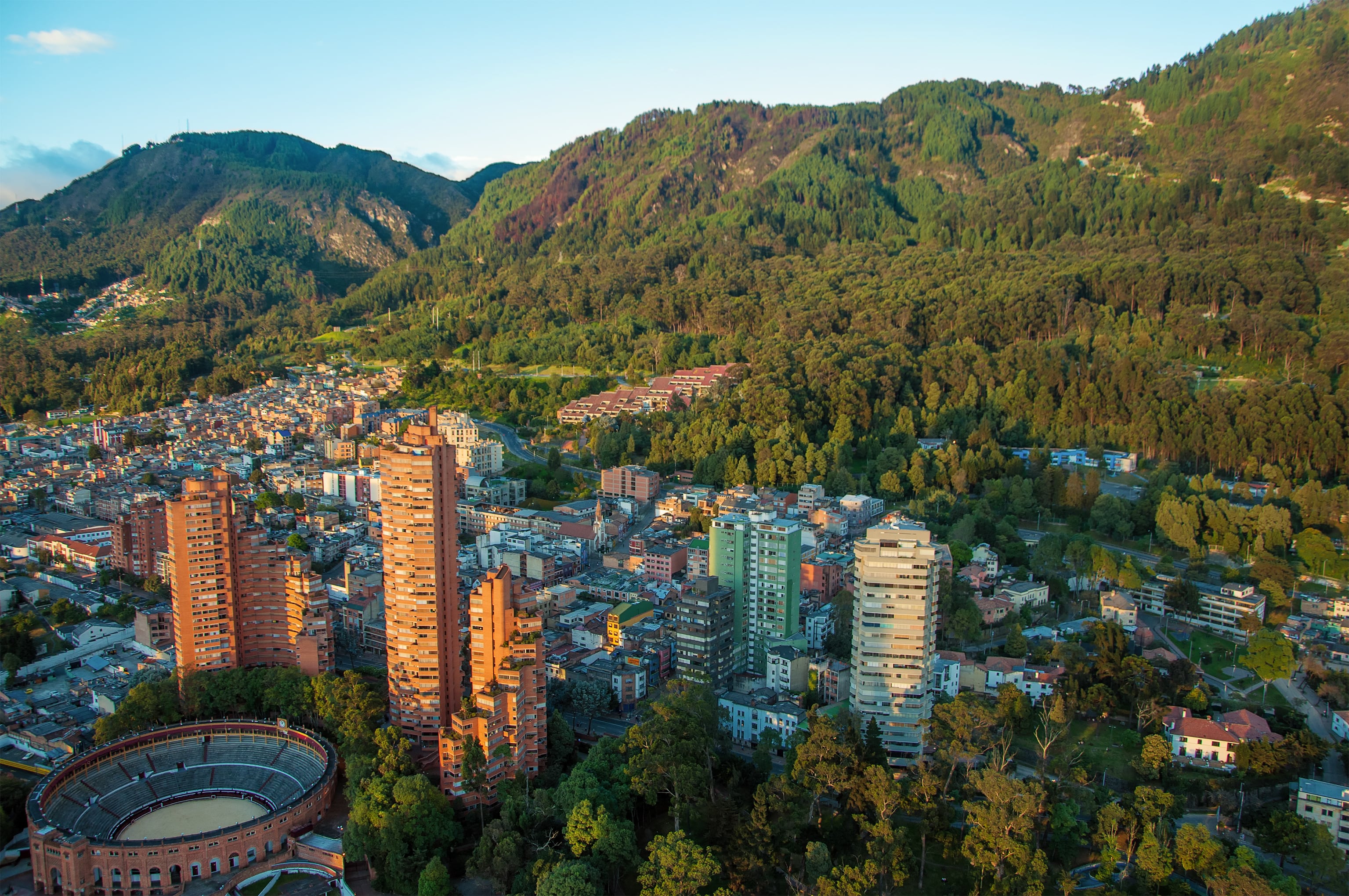Infrastructure is the backbone for economic development and growth. With annual investment in infrastructure $300bn per year required, Latin American countries have a huge opportunity to shift to a more dynamic economic pathway by building better infrastructure. By focusing on the quality and sustainability elements of infrastructure projects, with strong policy and institutional foundations, we provide the basis for economically productive, vibrant, and resilient cities and regions. Sustainable infrastructure will also help us preserve our ecosystems and natural resources, therefore, this does not represent a cost, but is an important opportunity for strong and sustainable economic growth.
Given fiscal constraints on increasing public investment, mobilizing private finance is essential to meet this goal. In particular, institutional investors have the potential to provide significant investment. Global assets under management (AUM) stand at $84.9 trillion, from which $2.7 trillion are AUM in LAC, though less than 1% are currently invested in infrastructure projects.
However, our efforts to mobilize resources can no longer be directed to just any type of infrastructure. It is estimated that about 70 percent of the increase in currently projected future emissions will be associated with infrastructure yet to be built. It is vital that this infrastructure is sustainable, low carbon and resilient if we are to meet the Paris Agreement and the Sustainable Development Goals
To drive sustainable infrastructure investment in LAC, three elements are central to success:
- Mainstreaming the definition of sustainable infrastructure among governments and private sector stakeholders.
- Increasing capacity and developing the enabling environment for the market
- Mobilizing private sector financing through de-risking of investments.
Building a common understanding of sustainable infrastructure is key for investors in order to provide consistency and standardization. This can simplify the due diligence process for sustainable investment decisions, and also provide a high level of quality and transparency, minimizing the credit risk of infrastructure projects. It is also critical to ensure that the regulatory and policy environment that drives investment for sustainable infrastructure is effective and that the capacity of the market to respond to these signals is developed. Finally, governments and development financing institutions such as the IDB, can play a vital role in providing risk-bearing capital through a variety of instruments that mobilizes finance into sustainable investment. This is particularly important for new technologies, sectors or financing structures where real or perceived risks are highest for private investors.
Over the last year, the UK has been working in partnership with the IDB Group to support these efforts. The UK Sustainable Infrastructure Program (UKSIP) will provide around $230 million between 2018 and 2022 to catalyze private sector investment in sustainable low carbon infrastructure. Through technical cooperation, investment grants, and blended financing, the program expects to mobilize private sector financing through innovative finance, including blending non-traditional public and private finance, developing performance-based incentives, promoting new models of public-private partnerships, and pooling and bundling small-scale low-carbon projects to reach scale and access capital markets.
The program is supporting four countries with high potential to accelerate investment in sustainable low carbon infrastructure: Brazil, Colombia, Mexico, and Peru, and activities are already underway. For example:
- Country dialogue activities have been initiated in Brazil, Colombia, Mexico, and Peru to identify priorities and opportunities for UKSIP funding
- The UKSIP is supporting operationalizing the IDBG’s sustainable infrastructure framework, working with Banobras and the Ministry of Finance and Public Credit to develop and apply sustainability criteria to infrastructure assets, and provide transparency to investors.
- To develop capability in the market, the UKSIP supported a new infrastructure component to IDB Invest’s Sustainability Week in Lima in May. The infrastructure pillar succeeded in attracting the most companies to the event and generated robust dialogue on IDBG strategy for sustainable infrastructure, management of environmental risks, biodiversity, and infrastructure resilience in the face of climate change. In Colombia, UKSIP has made available up to US$1.7mn to support the development of non-conventional renewable energy and electrification of transport working with key partners including the Ministry of Mines and Energy, FDN, and TransMilenio.
- IDB Invest has approved a US$1.9mn program of advisory support to the private sector to support the development of transformative projects, business models and markets.
Underpinning these activities, are high-level dialogues between the UK, IDBG and partner governments to identify national priorities where support can be most catalytic in driving investment for sustainable growth.
Through these efforts the UKSIP is already demonstrating that we can build a common understanding of sustainability in infrastructure across government and the private sector; improve the enabling environment; and de-risk investments, to ensure we fill the infrastructure investment gap sustainably.


Leave a Reply